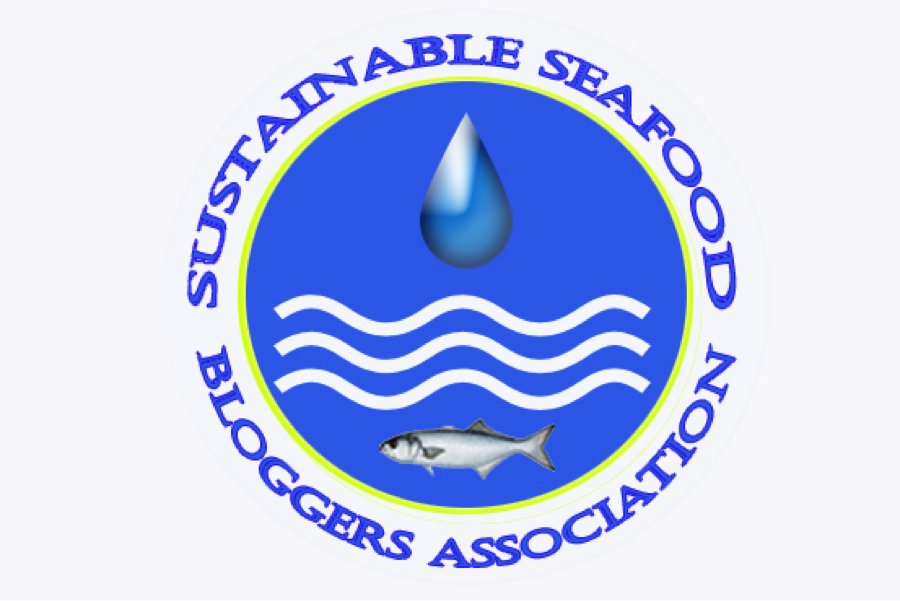I'm so excited for the Third Annual WGBH Food and Wine Festival, an amazing three day festival this fall 9/11 - 9/14. I attended the first festival a couple of years ago and had a great time at the Artisan Tasting. You can read my two posts on the
here.
This year I'm planning to attend the Chef's Gala on Thursday night, and because I hope to see all of you there I'm offering
Chef’s Gala Reception
Thursday, September 11, 2014
Dress code: Cocktail attire, business attire
7-10pm open to general ticket purchasers
Tickets, general admission: $150
The event is held inside the WGBH Calderwood Studio, and Atrium
Imagine 25 of the best chefs from the far corners of New England under one roof! Don’t miss this incredible gastronomic adventure in food, wine, and craft beer! The Chef’s Gala Reception is an elegant evening with 25 unique stations showcasing cuisine of local chefs/restaurants paired perfectly with selected wine and a few select craft beers from 25 featured artisans. Meet and mingle with your favorite chefs, and discover new favorite restaurants. Learn about the magic of pairing various dishes with the perfect wine to enhance flavor, and your experience.
*Must be 21 to participate
The Artisan Taste
Saturday, September 13, 2014
Dress code: Business casual-casual
Two Sessions: 1pm-3:30pm and 5pm-7:30pm
Tickets for one 2 1/2 hour session: $50 for members and $60 for non-members
Located in back WGBH visitor parking lot
Experience a wide variety of artisanal foods featuring New England’s renowned restaurants, chefs, and local producers.
Exhibitor tables featuring more than 100 wines from around the world, local food purveyors, and local fare.
Clarke Sub-Zero Wolf Celebrity Cooking Stage to include two chef demonstrations during each two and a half hour session.
Interactive displays and sponsor activations and entertainment will be included on the stage between each of the cooking demonstrations
*Must be 21 to participate
Farmer’s Market
Sat. 9/13 11am-5:30pm and Sun. 9/14 10am-3pm
FREE event, open to the general public
Will feature 15-20 farmers/vendors with a wide assortment of fresh produce, spices, herbs, and baked goods. Check the website for updates in the coming weeks ahead with a complete list of participating vendors
(will be located in front parking lot by Newbury Comics and our parking garage in same configuration that we had in the 2012 Wine Fest)
Brunch Bar
Sunday, September 14, 11am-1:30pm
Tickets: $40 for members and $45 for non-members
Dress code: Business casual-casual
We’ve taken the guessing out of where to have brunch with this exclusive event. Have Sunday Brunch at the Brunch Bar with more than 100 different restaurants, artisan food producers, craft breweries and wines serving up sumptuous tasting-sized portions of foods from the exotic to down-home. The event features live chef demos, live music and an unbeatable way to travel New England in the span of a couple hours.
Also on Sunday Sept. 14 are two
Food & Wine Festival Seminars
These will be located inside Cahners Conference Room, Reno and 3rd fl cafe
Pickled: Preserving the honored tradition
Sunday, Sept. 14, 2-3:30pm
Donation: $25
Capacity: Capped at 40 guests
Presented by Tia Pinney, Naturalist/Adult Program and Eco-management Coordinator from Mass Audubon’s Drumlin Farm Wildlife Sanctuary
Join us for a visually, aromatically, and gastronomically exciting event, as we explore a plethora of pickles with our friends from Mass Audubon’s Drumlin Farm Wildlife Sanctuary. The art of pickling has made a comeback in recent years with the popularity of the do-it-yourself movement. This class will provide you with the basic skills you need to pickle a wide variety of fruits and vegetables at home.
We’ll review the elements that go into crafting a good pickle, including acid, flavorings, spices, produce choices, preparation, and storage. You will have a chance to sample some delicious pickled fruits and vegetables during the seminar, and you’ll even be able to take home your own pickled creations at the end of class. Bring your appetite, and get ready for this adventure in pickling.
Shaken & Stirred
Sunday, September 14, 2:00-3:30pm
Donation:$25
Capacity: Capped at 40 guests
The dedicated staff from the James Beard Award-winning Kenmore Square cocktail lounge, The Hawthorne, is calling class into session to teach guests a little about the history of the cocktail, and the style and technique that go into mixing a drink. Katie Emerson, The Hawthorne’s bar manager, will cover ratios for a few original classic cocktails, while mixing up a classic Bee’s Knees. Katie will provide the details needed to assess your home bar, and the tools to customize cocktails using three basic formulas for a variety of delicious and time- honored variations. You’ll leave armed with the fundamentals to mix the perfect cocktail and a few goodies to take home to your own bar.









































